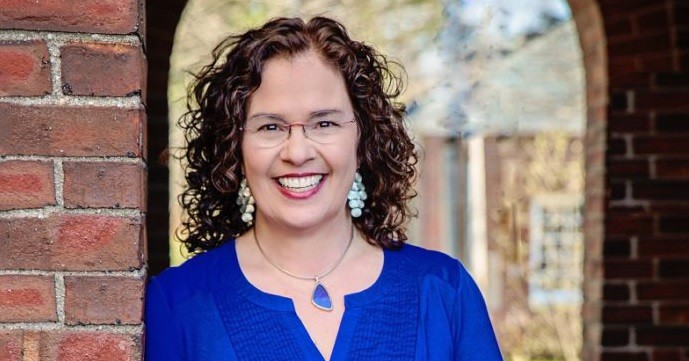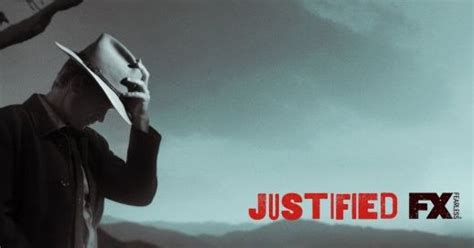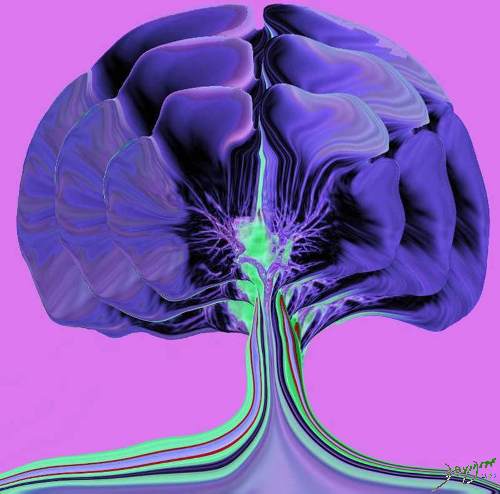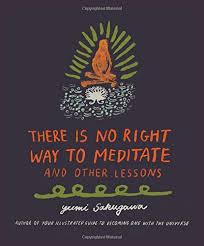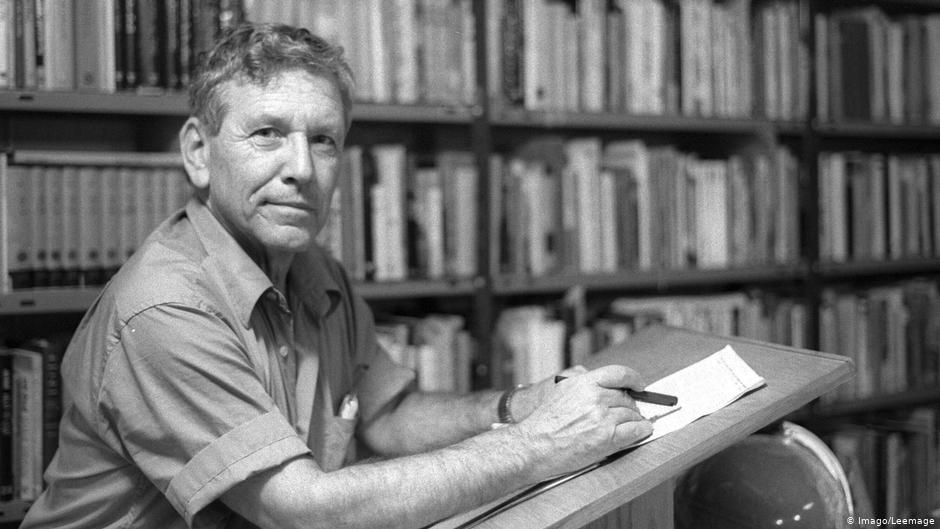There‘s a wonderful religious breathing scene in Ani Tuzman’s novel, The Tremble of Love. The novel is based on the life of the 18th century Jewish mystic Rabbi Yisroel ben Eliezar, also called the Baal Shem Tov.
In the scene, Leah, the local Jewish shoemaker in the Polish town Okup, has been imprisoned by Christians for blood libel. A mob of young men are trying to get into her cell for revenge.
„Breathing in the foul mustiness, Leah felt a sudden rising panic that made the dank room feel smaller and airless. She had to breathe fresh air or she would die in this merciless crypt. She tried to stand but she hit her head on the low roof of her cell. The clammy walls she found on hands and knees closed in around her. Dark and fear were swallowing her. She had to calm herself. She would take God‘s name. That‘s it. There were many to choose from. She would repeat them out loud, one by one, slowly, over and over again: Adonai, Ein Sof, Shechina, HaShem. „Breathe through me.“ She must feel God‘s love around her, in her. She would think of God‘s love as the air she breathed.
Read More
